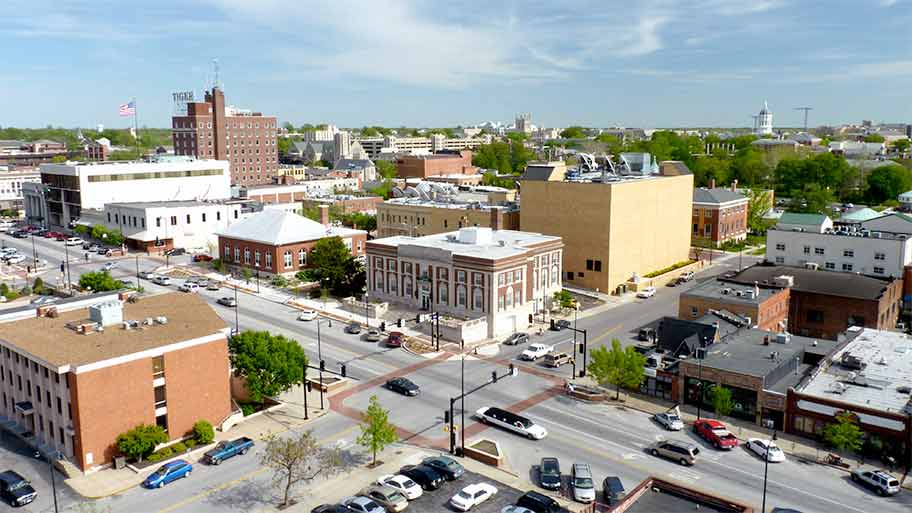
Tag: Jennifer Lewallen
Faux news in the digital age: Appendix 3
Clickbait beliefs I did not know what clickbait was until taking this survey. Frequency Percent Valid Percent Cumulative Percent Valid 1- Strongly Agree 33 12.4 12.4 12.4 2 35 13.2 13.2 25.6 3 45 16.9 16.9 42.5 4 41 15.4 15.4 57.9 5- Strongly Disagree 112 42.1 42.1 100.0 Total 266 100.0 100.0 … Continued
Faux news in the digital age: Appendix 2
I have never shared a fake news story on social media. Frequency Percent Valid Percent Cumulative Percent Valid 0% Not at all confident 5 1.9 1.9 1.9 10% 9 3.4 3.4 5.3 20% 7 2.6 2.6 7.9 30% 10 3.8 3.8 11.7 40% 17 6.4 6.4 18.0 50% 21 7.9 7.9 25.9 60% 21 … Continued
Faux news in the digital age: Appendix 1
Which of the following social media websites do you access most often? Frequency Percent Valid Percent Cumulative Percent Valid Twitter 36 13.5 13.5 13.5 Facebook 195 73.3 73.3 86.8 Pinterest 4 1.5 1.5 88.3 Instagram 19 7.1 7.1 95.5 Snapchat 3 1.1 1.1 96.6 Tumblr 5 1.9 1.9 98.5 I don’t use any social … Continued
Faux news in the digital age: Survey results
American adults are more confident than they should be about their ability to distinguish between real and fake news headlines. They also believe they’re much less likely than their friends to share fake news stories on social media, but when pressed, nearly six in 10 will admit they’ve probably shared such a story by accident. … Continued
Nonresidential fellow jumpstarts his project with a visit to RJI
My fellowship project was transformed earlier this month during a three-day visit to Columbia, Missouri. The occasion was an informal convening of several of this year’s Donald W. Reynolds Journalism Institute fellows to discuss the varied projects we hope to bring to fruition over the coming months. Though it was a laid-back affair, the conversations … Continued

